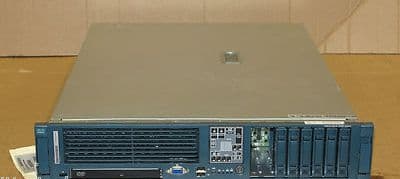In today’s fast-evolving digital landscape, media consumption has shifted from traditional platforms to a more integrated, on-demand experience. To meet this demand, Media Convergence Servers have emerged as a critical technology, enabling seamless integration, distribution, and management of multimedia content across various platforms. This article explores what a Media Convergence Server is, its key features, benefits, and its role in modern digital ecosystems.
What is a Media Convergence Server?
A Media Convergence Server is a centralized platform that combines multiple media services—such as video, audio, live streaming, on-demand content, and social media—into a single, unified system. It facilitates the aggregation, processing, and distribution of digital content across TV, mobile, web, and other digital platforms.
This technology is essential for broadcasters, OTT (Over-The-Top) service providers, and digital media companies looking to deliver a seamless multi-platform experience.
Key Features of a Media Convergence Server
-
Multi-Platform Content Delivery
-
Supports distribution across TV, smartphones, tablets, and desktops.
-
Ensures adaptive streaming (HLS, MPEG-DASH) for optimal quality.
-
-
Unified Media Management
-
Centralized storage and metadata management for videos, podcasts, and live streams.
-
AI-driven content tagging and recommendation engines.
-
-
Real-Time Processing & Transcoding
-
Converts media files into multiple formats for different devices.
-
Supports 4K, HDR, and low-latency streaming.
-
-
Monetization & Analytics
-
Enables ad insertion (VAST, VPAID), subscriptions, and pay-per-view models.
-
Provides real-time analytics on viewer engagement and content performance.
-
-
Cloud & Hybrid Deployment
-
Scalable cloud-based solutions for global reach.
-
Hybrid models for enterprises needing on-premise and cloud integration.
-
Benefits of Using a Media Convergence Server
-
Enhanced User Experience: Seamless playback across devices with minimal buffering.
-
Cost Efficiency: Reduces the need for multiple standalone systems.
-
Scalability: Handles growing content libraries and increasing user demand.
-
Future-Proofing: Supports emerging technologies like VR, AR, and 8K streaming.
-
Regulatory Compliance: Ensures DRM (Digital Rights Management) and content security.
Applications of Media Convergence Servers
-
Broadcasters & Cable Networks – Transitioning from traditional TV to IP-based streaming.
-
OTT Platforms (Netflix, Disney+, etc.) – Managing large-scale content libraries.
-
Live Streaming & eSports – Delivering real-time events with low latency.
-
Corporate & Education – Hosting webinars, training videos, and internal communications.
-
Social Media & UGC Platforms – Integrating user-generated content with professional media.
Future Trends
-
AI & Machine Learning: Automated content moderation, personalized recommendations.
-
5G Integration: Faster streaming with ultra-low latency.
-
Blockchain for Media: Secure content licensing and royalty distribution.
-
Interactive Media: Shoppable videos, choose-your-own-adventure streaming.
Conclusion
The Media Convergence Server is revolutionizing how digital media is managed and distributed. By unifying multiple media services into a single platform, it enhances efficiency, scalability, and user engagement. As technology advances, these servers will play an even bigger role in shaping the future of entertainment, news, and digital communication.
Visit our Website: Softreads





